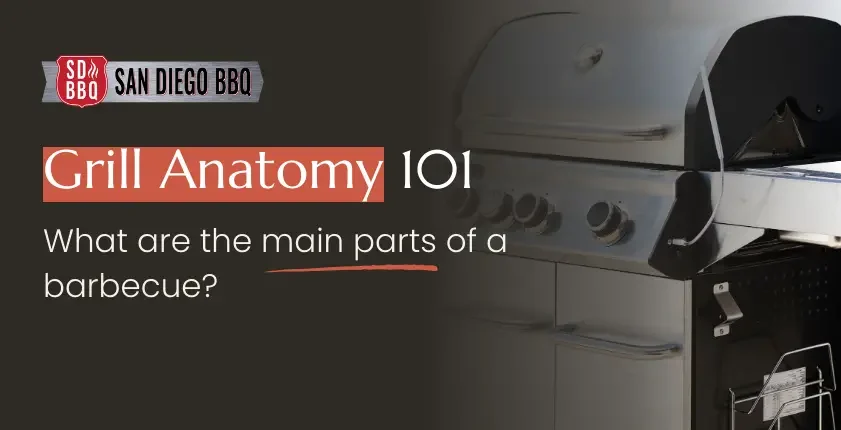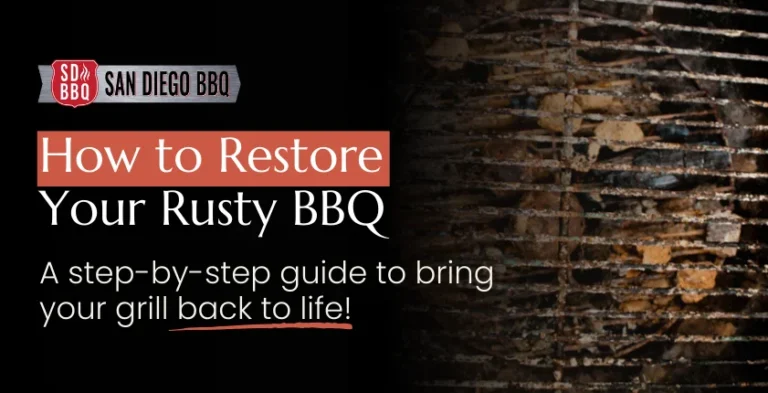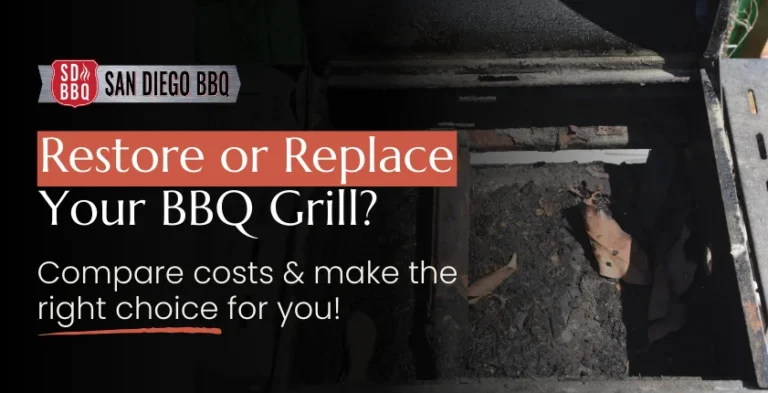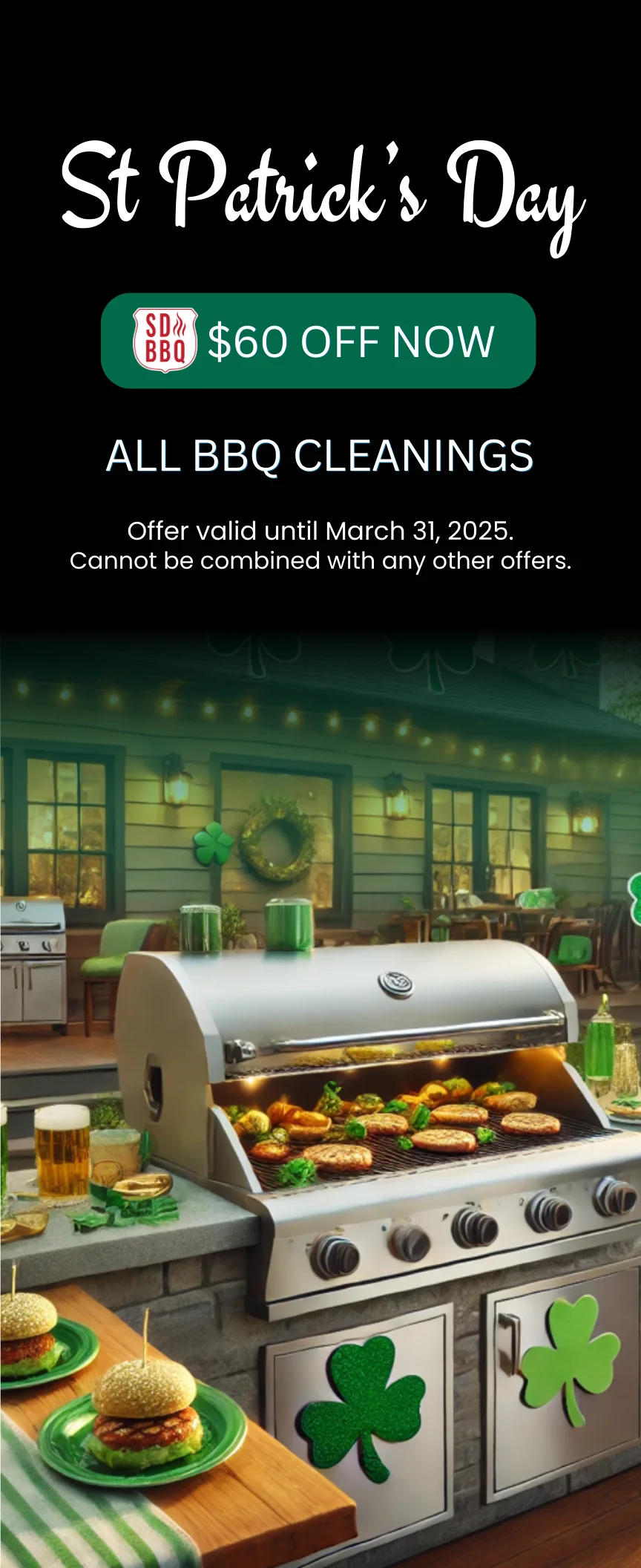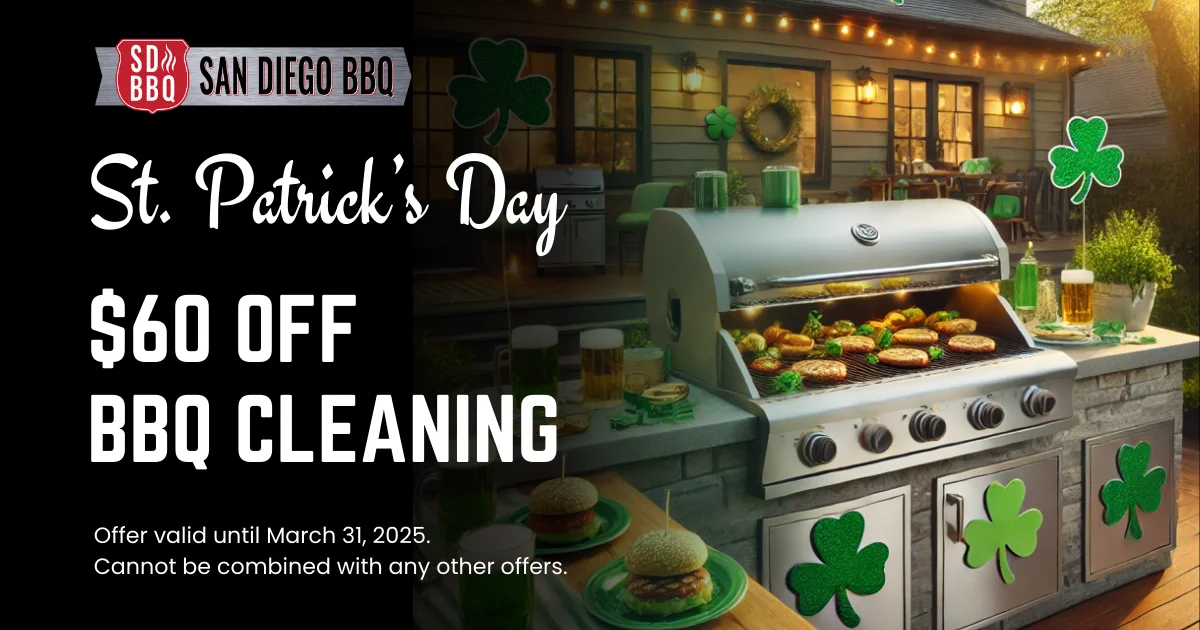Grilling is more than just cooking—it’s a social event, a way to bring people together over delicious food and shared experiences. Right?
The aroma of sizzling meat, the sound of searing, and the sight of perfect grill marks can create memories that last a lifetime. However, all these wonderful moments are possible only when your grill is in top condition. To keep it that way, you need to put in a few hours of cleaning and understand its anatomy. Let’s break down each part, explain its function, and give you tips on how to maintain it.
The Grill Lid
The grill lid plays an important role in controlling the temperature and ensuring even cooking. When the lid is closed, it traps heat and smoke, which helps cook your food more evenly and infuses it with that delicious smoky flavor. Different grills have different types of lids – some are hinged, while others are removable. No matter the type, always keep your lid clean and free from grease buildup to avoid flare-ups and maintain good airflow.
The Cooking Grates
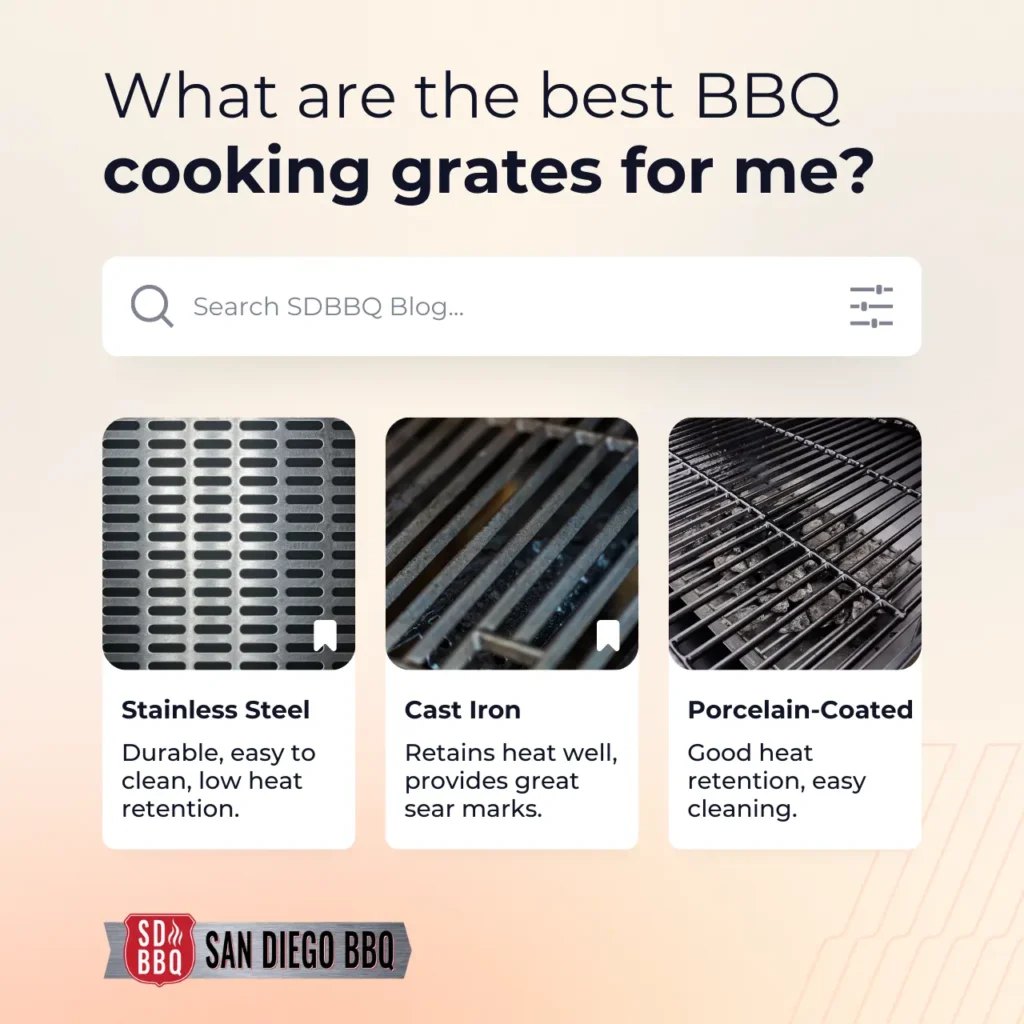
Cooking grates are where the magic happens. These are the surfaces on which you place your food. They come in various materials, including stainless steel, cast iron, and porcelain-coated steel. Each material has its advantages:
- Stainless Steel: Durable and easy to clean, but can be less efficient in heat retention.
- Cast Iron: Excellent at retaining heat, providing great sear marks, but requires more maintenance to prevent rust.
- Porcelain-Coated Steel: Combines the benefits of stainless steel and cast iron, offering good heat retention and easier cleaning.
Make sure to preheat your grates before placing food on them to get those perfect grill marks and prevent sticking.

The Burners
Burners are responsible for generating heat and cooking your food. Most gas grills have two to four burners, but high-end models can have more. They are typically made of stainless steel or cast iron and come in different shapes like H-shaped, oval, or straight. Check your burners regularly for blockages or rust and clean them as needed to ensure even heating and extend their lifespan.
Heat Shields or Flavorizer Bars
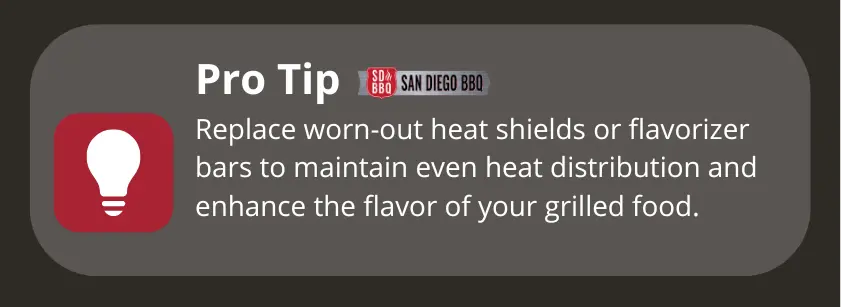
Located above the burners, heat shields (also known as flavorizer bars) serve multiple purposes. They protect the burners from drippings, help distribute heat evenly across the cooking surface, and vaporize drippings to add flavor to your food. Made from stainless steel or porcelain-coated steel, these bars can wear out over time and may need to be replaced to maintain optimal performance.
The Ignition System
The ignition system is what gets your grill started. Modern grills typically have an electronic ignition system that ignites the burners with the push of a button. Some older models may use a manual ignition system, requiring a match or lighter. If your ignition system fails, it’s usually a straightforward fix – replace the battery or clean the ignition contacts to ensure a reliable start every time.
The Grease Management System
The grease management system directs grease and drippings away from the burners and into a drip pan or tray. Regularly emptying and cleaning the drip pan prevents grease fires and keeps your grill functioning efficiently. Some grills have advanced grease management systems with removable trays for easier cleaning.
The Warming Rack
The warming rack is a secondary cooking area positioned above the main cooking grates. It’s perfect for keeping cooked food warm, toasting buns, or cooking delicate items that don’t require direct heat. While not all grills come with a warming rack, it’s a useful feature for multitasking and managing different cooking times.
The Control Knobs
Control knobs allow you to adjust the heat output of each burner. They give you precise control over your cooking temperatures, which is essential for grilling different types of food. Whether you’re searing a steak or slow-cooking ribs, being able to fine-tune the heat makes all the difference. Make sure your control knobs are in good working order, and replace them if they become loose or damaged.
The Side Burner
Some grills come equipped with a side burner, which provides additional cooking space for preparing side dishes, sauces, or even boiling water. Side burners are a handy feature for expanding your cooking options without having to run back and forth to your kitchen. Keep the side burner clean and free from debris to ensure it works effectively.
The Rotisserie Burner and Kit
A rotisserie burner is an infrared or gas burner located at the back of the grill, designed for rotisserie cooking. Using a rotisserie kit, you can slowly roast whole chickens, roasts, or other large cuts of meat. The rotisserie burner provides consistent, indirect heat, resulting in juicy, evenly cooked meats with a crispy exterior. If your grill includes this feature, make sure to follow the manufacturer’s instructions for setup and use.
The Grill Body
The body of the grill houses all the components and provides structural support. Made from materials like stainless steel, cast aluminum, or painted steel, the grill body should be sturdy and well-built. Regularly inspect the body for rust or damage, especially in areas exposed to high heat or moisture, to ensure your grill remains safe and functional.
The Temperature Gauge
A temperature gauge, usually located on the lid, helps you monitor the internal temperature of the grill. This tool is essential for cooking food at the right temperature and ensuring consistent results. While built-in gauges are convenient, consider using an additional meat thermometer for precise temperature readings of your food.
The Grill Cart and Storage
The grill cart provides mobility and storage space for your grill. Many carts come with wheels for easy movement and shelves or cabinets for storing grilling tools, propane tanks, and other accessories. A sturdy grill cart enhances the overall grilling experience by keeping everything you need within reach.
The Air Vents
For charcoal grills, air vents are crucial for controlling the airflow and, consequently, the temperature inside the grill. Most charcoal grills have both top and bottom vents. Adjusting these vents allows you to increase or decrease the oxygen supply, affecting the heat level. Properly managing the air vents helps maintain a consistent cooking temperature and extends the life of your charcoal.
The Ash Catcher
Charcoal grills also feature an ash catcher, which collects the ash produced during grilling. A removable ash catcher makes cleanup easier and prevents ash from clogging the air vents. Regularly empty and clean the ash catcher to maintain good airflow and ensure your grill operates efficiently.
The Smoker Box
For those who love adding extra smoky flavor to their food, a smoker box is a valuable accessory. This box holds wood chips and is placed near the burners or charcoal to create smoke. Smoker boxes are typically made of stainless steel and have vented lids to control the amount of smoke released. Experimenting with different wood chips, like hickory, apple, or mesquite, can enhance the flavor of your grilled dishes.
The Grill Cover
A grill cover is essential for protecting your grill from the elements when it’s not in use. A good cover shields your grill from rain, snow, dust, and UV rays, extending its lifespan; which means that you won’t need our grill repair services any time soon! Make sure your cover fits snugly and is made from durable, weather-resistant material. Regularly clean and inspect the cover to ensure it remains in good condition and continues to provide effective protection.
Keep All Your Grill Parts in Good Working Order
Understanding the main parts of your barbecue grill is key to becoming a confident and skilled griller. From the cooking grates to the burners and the lid, each component contributes to the perfect grilling experience. By familiarizing yourself with these parts and maintaining them properly, you can enjoy delicious barbecues for years to come. For those in the San Diego area, San Diego BBQ offers expert outdoor grill cleaning services, and restoration of your BBQ grill. Keeping your grill in premium shape ensures it performs at its best, allowing you to focus on creating mouthwatering meals for your family and friends. For more information or to schedule an estimate, call (858) 605-5777.


